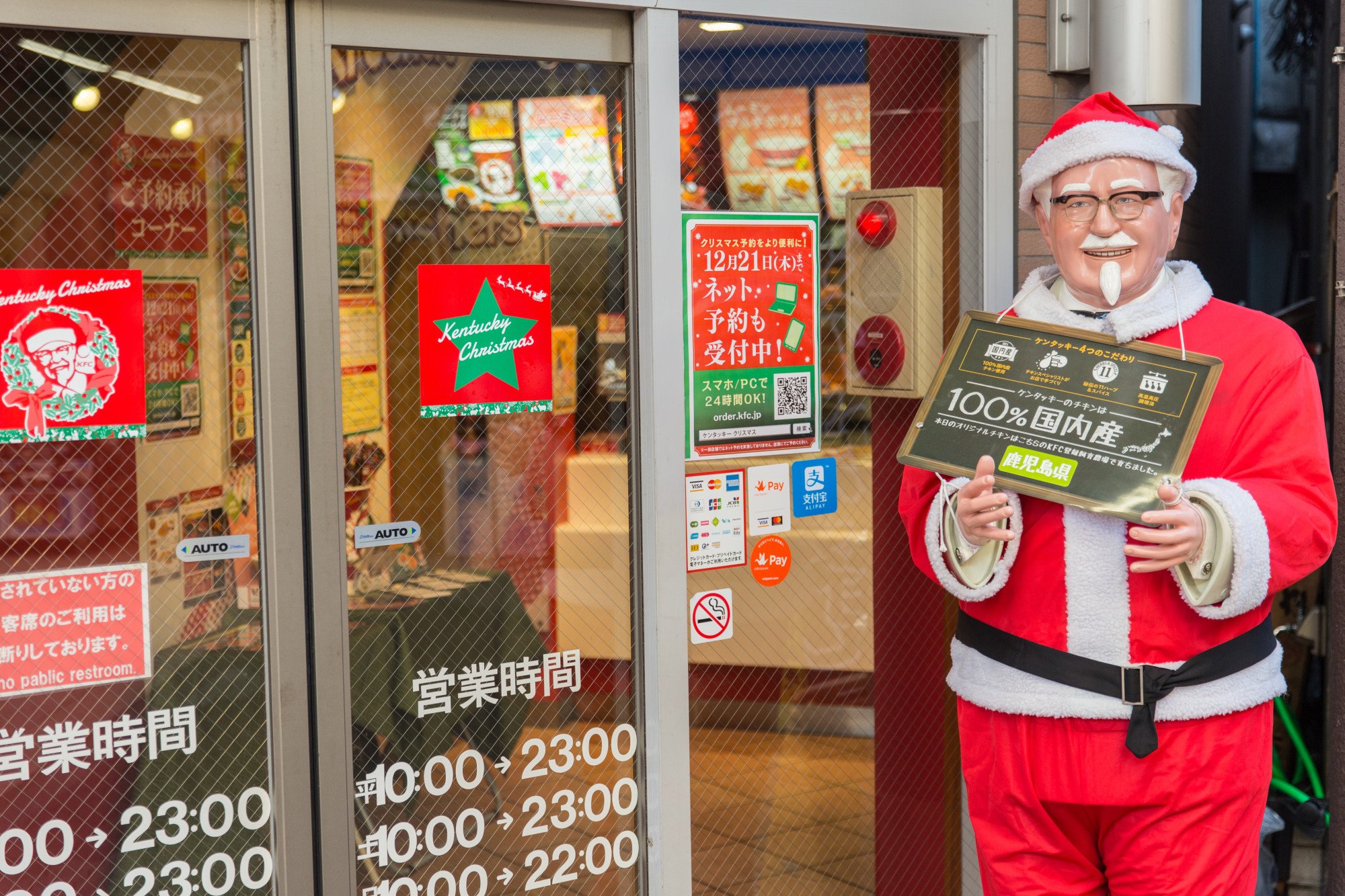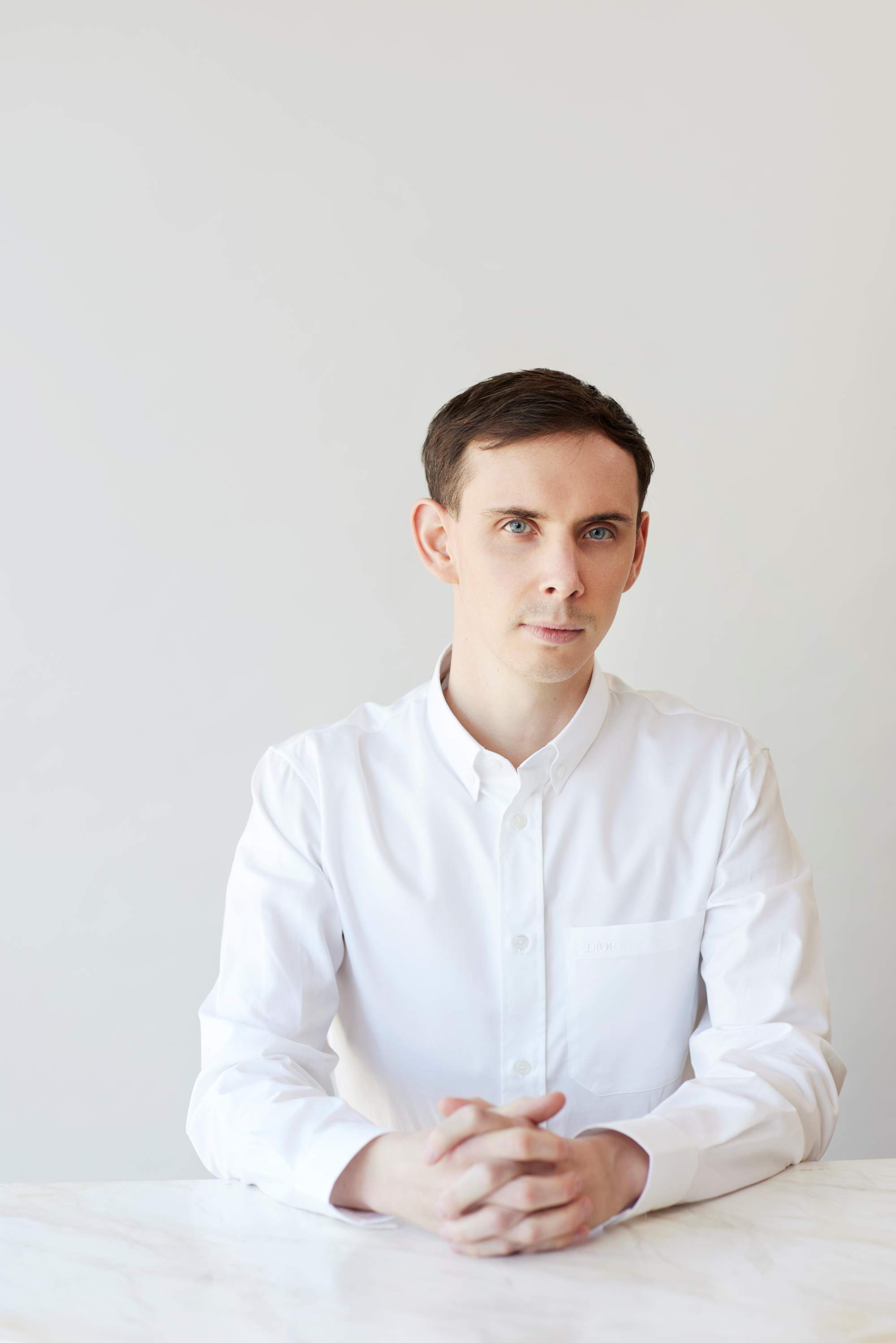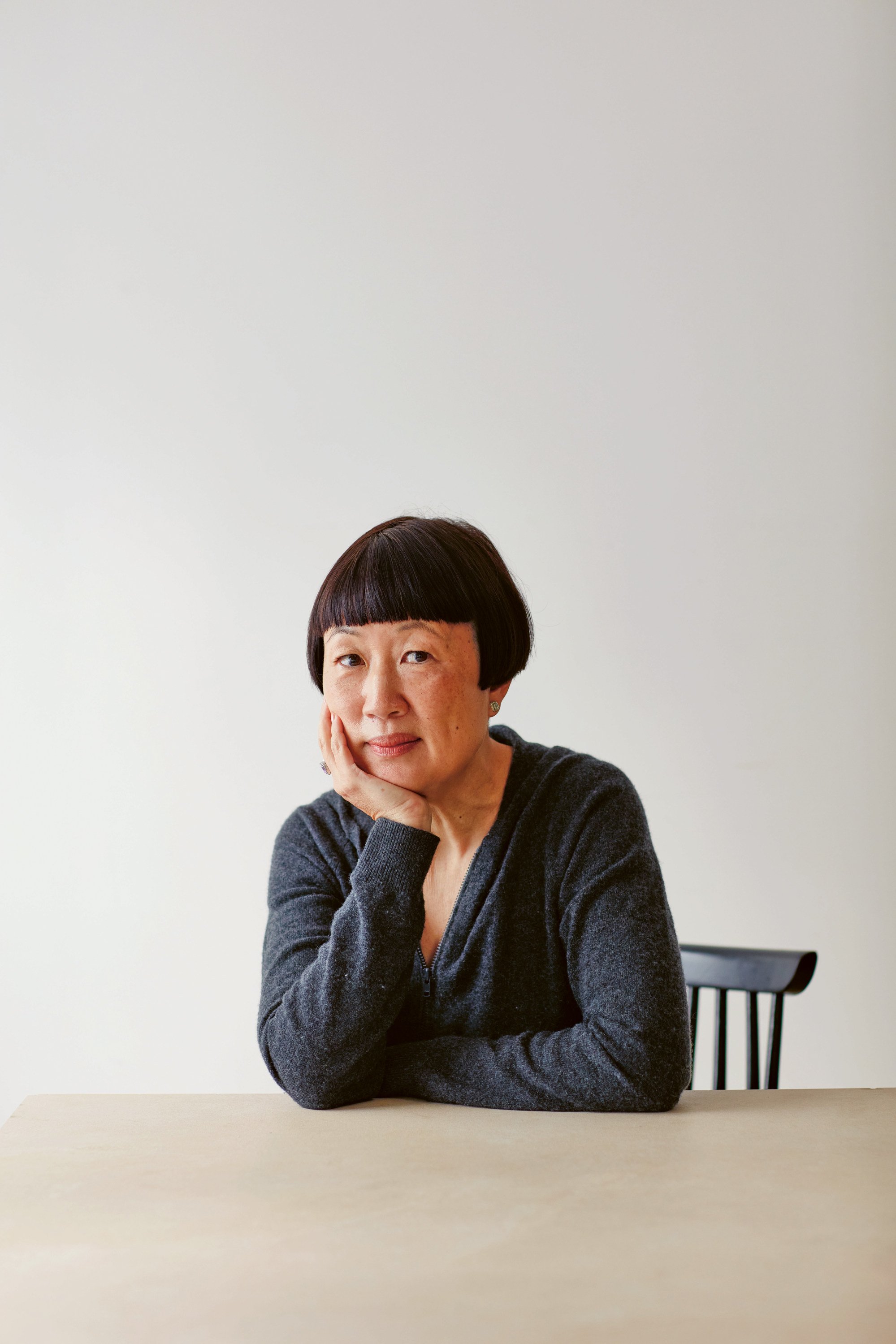
Why KFC at Christmas is ‘really big’ in Japan, as a Michelin-star Tokyo restaurant chef and a cookbook author explain what makes fried chicken great
- The Japanese prefer Kentucky Fried Chicken to turkey at Christmas, something started in the 1970s by the American fast-food giant’s clever marketing ploy
- The demand for KFC is such that ‘you can forget it’ if you haven’t reserved it, says the chef of Sézanne, in Tokyo. A fried chicken cookbook author weighs in
While roast turkey with all the trimmings is traditional Christmas fare for many around the world, for some it’s all about a family-sized bucket of crisp Southern fried chicken – Kentucky Fried Chicken, to be precise.
In Japan, ordering a KFC meal for the festive period has become something of a ritual since the 1970s, so much so that there is a saying for the occasion: Kurisumasu ni wa Kentakkii, which means “Kentucky for Christmas” in Japanese.
With his cheerful demeanour and snowy white beard, it’s not hard to see how Colonel Sanders has become almost synonymous with Christmas in Japan. But how did it all begin?

Despite only two per cent of its population being Christian, Japan makes a big deal out of Christmas, albeit in its own unique way. Not bound by some of the traditions of Western cultures, it was easy for marketers to create their own profitable rituals.
In 1960s Japan, Christmas was a seasonal event primarily aimed at children, with local confectionery companies promoting cakes and sweets to a younger audience.
According to KFC Japan’s official website, one Christmas, a sales team employee in Tokyo overheard a foreign customer say: “I can’t get turkey in Japan, so I have no choice but to celebrate Christmas with Kentucky Fried Chicken.” This offhand remark, legend has it, inspired the Kentucky for Christmas campaign.
The general appreciation for all things American in Japan during the 70s meant the KFC team’s campaign was poised for success.
I think it’s easier to book Sézanne than it is to get KFC
Advertisements for KFC during this time leaned into the wholesome yet elegant image of families coming together to enjoy a feast of golden, crispy fried chicken, and presented the idea of an authentic American way to celebrate Christmas.
It has only snowballed since then, with images of Colonel Sanders dressed as Santa Claus dominating the run-up to Christmas, and festive bucket designs and new side options launched every season.
KFC for Christmas has become a huge cultural movement, reflected in the sales frenzy of the “finger lickin’ good” chicken during the holidays.

“KFC starts advertising and taking pre-orders and reservations for its holiday specials as early as late October to get the country excited for the upcoming Christmas season,” says a post about the phenomenon in Japan on the global KFC website.

“To be honest, if you’re looking to pick it up on the day, you can forget about it. You do have to reserve it. They just won’t accept your order. It’s a really, really big thing.
“I think it’s easier to book Sézanne than it is to get KFC,” the chef jokes.

Although her book features more than 60 recipes, two that she regrets not being able to include in the cookbook are for Famichiki (Family Mart’s fried chicken) and Calvert’s offering at Maison Marunouchi.
“When I tasted his [fried chicken] … it was one of the recipes I wish I had included in my book,” she says.

Why is it so good? Not only is the chicken brined Southern-style (with salt, sugar, water and spices), it’s brined in a pickle solution; the additional vinegar and sugar lends the chicken an added dimension. The twice-fried chicken is dipped in a spiced duck fat with more spices to add “fatty goodness” to the bite, Calvert says.
“We get a lot of guests coming to say something like, can we finish with fried chicken? It’s a difficult one because we spend the whole day making all this beautiful food [at Sézanne] and then they can’t wait to have the fried chicken on the menu,” Calvert says with a chuckle.
“But it’s nice that such a humble thing can be well received. People love fried chicken for Christmas, so we actually have our own box you can order from the hotel and take it away.”

“The skin is crunchy. It isn’t overly greasy. It comes with that delicious gravy, and what I like about it is that you can order the thigh and it comes with a tiny bit of the tail and that little nugget in the back called the oyster, because they cut it oddly,” she says.
On a recent trip to Japan, she spent four days duly eating fried chicken from each of the three main convenience store chains.
“I think it’s a toss-up between Family Mart’s Famichiki, and 7-Eleven’s. But I can’t decide if I like the Famichiki more, which is the thigh, or the karaage [chicken cooked using a technique where pieces of chicken, other meat or vegetables are marinated and coated in flour and starch before being fried]. So I still need to do more research.”

